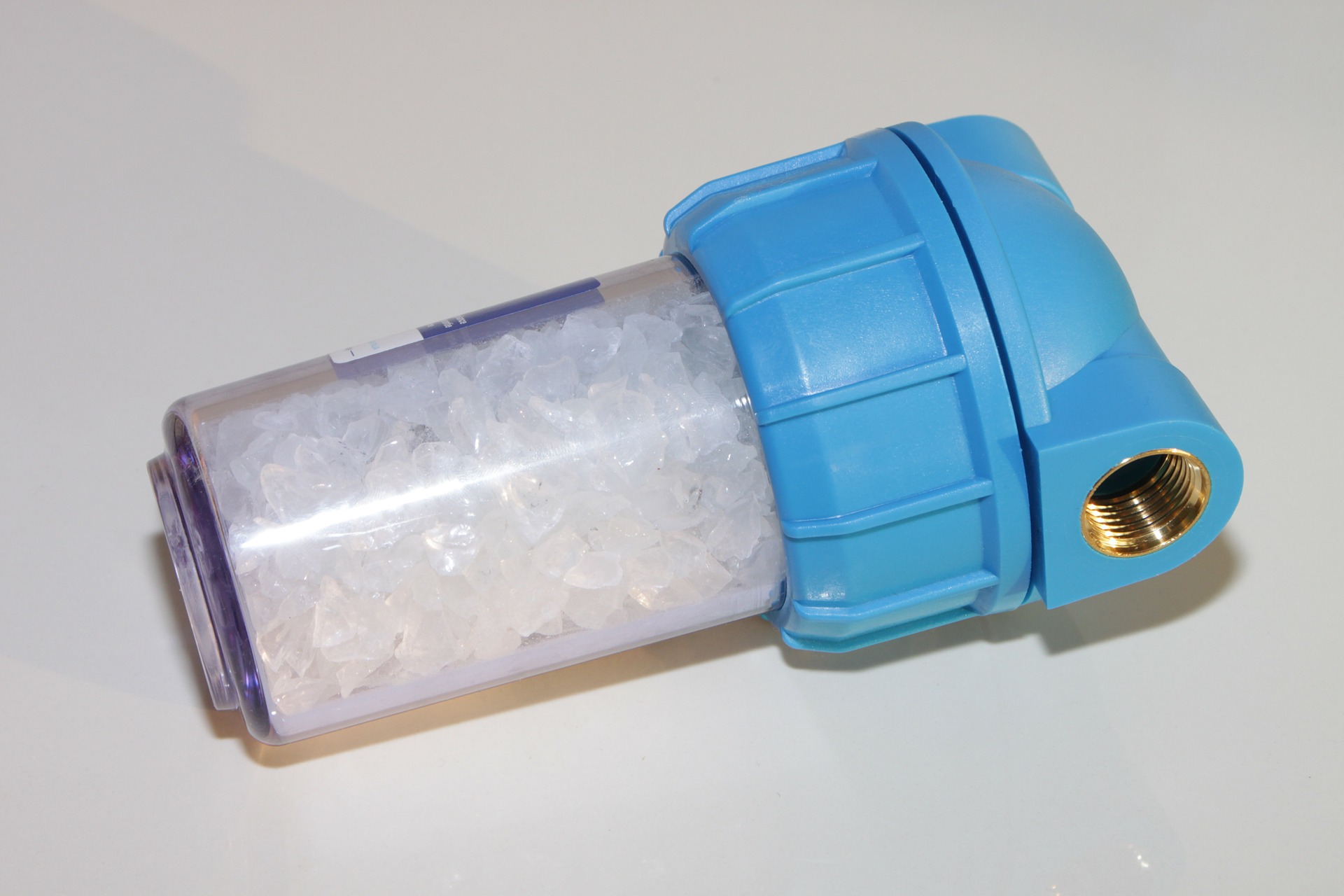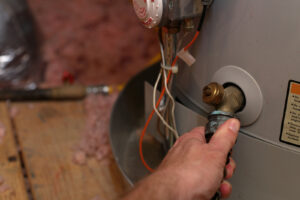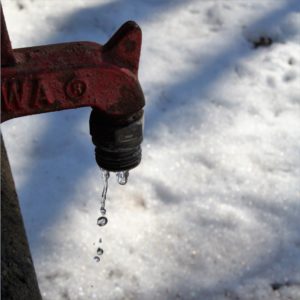Water softeners, or ion exchange units, are crucial additions to your utilities, especially if your local water source isn’t the best quality. A water softener removes minerals like magnesium and calcium from your drinking water, allowing you to drink softer water without compromising your digestive system. They also prevent scale and scum buildup, which protects your pipes and fixtures. Since water softeners perform a vital role in all of these areas, you should ensure that yours stays in top condition.
How to keep your water softener in top condition
Like any appliance, water softeners need regular maintenance. Allowing it to work its best will directly translate to longer life for the unit and your home’s plumbing fixtures.
In this article, we’ll share three maintenance tips for maintaining your water softener.
1. Inspect your water softener for salt bridges
Salt bridges are formed from the salts that you need for filtering your water sources. Although these salts can remove impurities from your running water, the salt itself accumulates and creates a solid crust layer in your water softener’s tank. This residue prevents brine solution from developing, leading to reduced output of your water softener’s regeneration cycle. Additionally, the same salt can also turn into thick sludge preventing water from escaping your brine tank.
It’s vital to regularly check your water softener’s brine tank and look for signs of solid deposits before they turn into salt bridges. Catching them early will help prevent any serious long-term damage to your water softener.
2. Buy a resin bead cleaner
Water softeners require specific tools and equipment to function properly. Inside water softeners are resin beads that are made up of Polystyrene strands and Divinylbenzene (DVB). These two materials hold sodium ions through negatively charged exchange sites. These beads attract running water’s mineral content, allowing the water to pass through filtered without these contaminants.
Over time, these resin beads can lose their effectiveness, partly due to overuse and the natural eroding effect of water. This is why it’s necessary to use a bead cleaner to keep the beads in good condition for longer use.
3. Scrub the venturi valve
Once your water softener undergoes a regeneration cycle, its nozzle and venturi valves create a suction effect to transport the brine solution into its resin tank. Since the venturi valve frequently interacts with the brine solution, it’s not uncommon for sediments to attach to the valve. Although the residue is harmless in small amounts, it can cause blockages that can stop your water softener from functioning altogether.
While inspecting your water softener, remember to perform a maintenance check on the venturi valve for signs of blockages. To properly clean the valve, you must screw its cover and set its internal parts aside for individual cleaning. Using mild soap and water is enough to wash away any brine that may be attached to it. Remember to clean your water softener’s venturi valve at least twice a year. However, you may need to wash it regularly every month if your regular inspections reveal more frequent signs of deposits on the valve.
Conclusion
It’s generally harder to maintain an appliance if you buy it from the wrong vendor. Attempting to fix your water softener’s advanced complications can only lead to further damage. This can decrease its performance at best, and may break the entire unit at worst. This is why it’s vital to seek professional help from people with years of experience handling plumbing-related concerns.
Not all of your plumbing concerns will be fixable with just your own tools and yourself. Our team at ServiceProz can overcome all sorts of plumbing and heating complications you might face in your home. If you need reliable plumbers to perform water softener repair in Longview, TX, contact us today.






